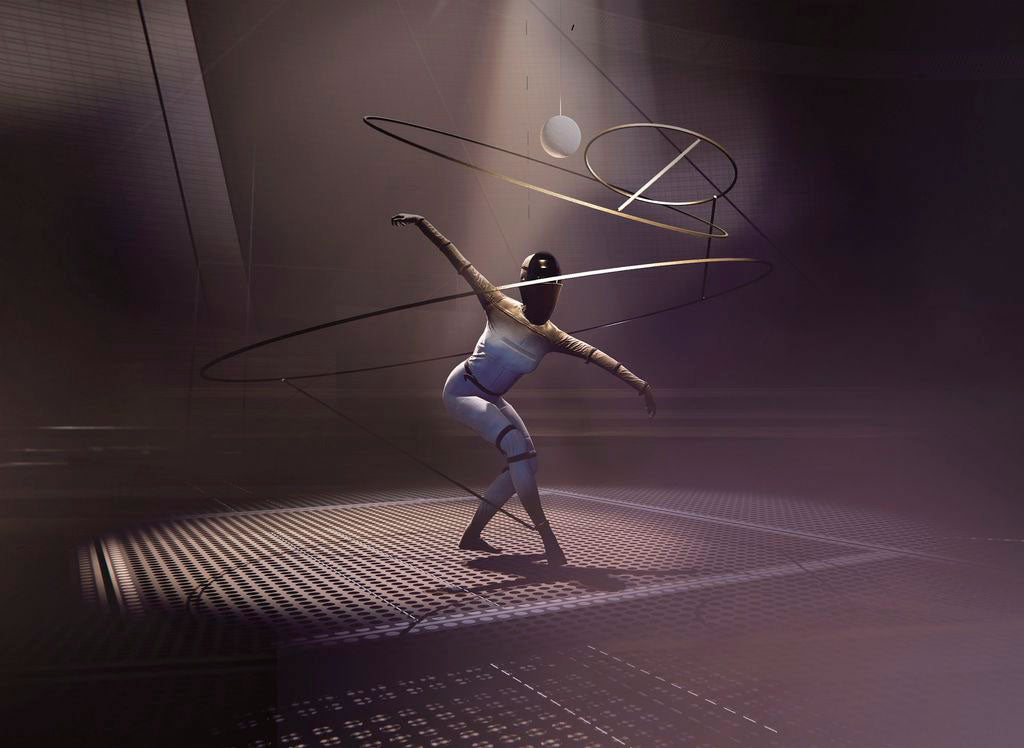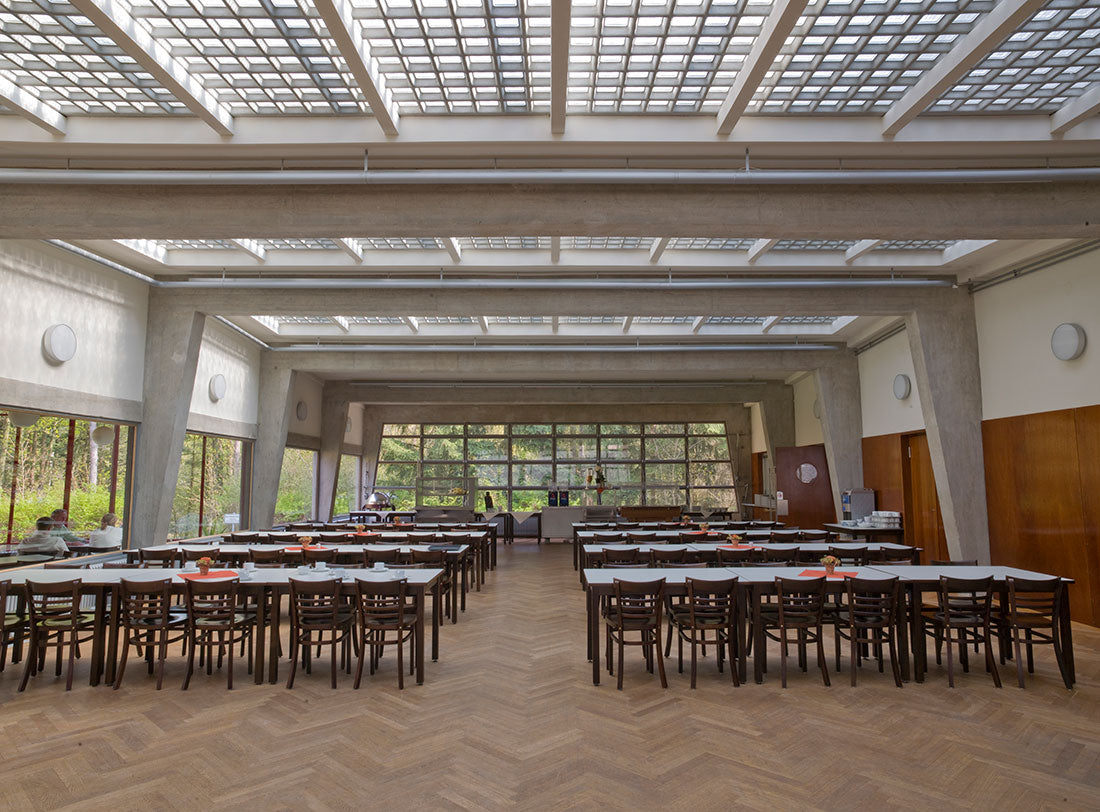In 1919, Walter Gropius decided to carry out a master plan. To create a society through art and under the “Rethinking the World” motto. Today, 100 years later, such ideology became a legacy and reference point for what is known as graphic and industrial design.
In commemoration of its 100th anniversary, the Bauhaus Foundation will host a festival from January 16th through the 24th, 2019, which will mark the beginning of one year of celebrations. Bettina Wagner-Bergelt, director of the event, set out to invite the world’s best artists to remember history’s greatest (Wassily Kandinsky, Oskar Schlemmer, László Moholy-Nagy, Paul Klee, and many others).
Space dedicated to learning and exchange of ideas, inspired by Bauhauswoche, Bauhaus Week, held in 1923, which at the time became a window for experimenting, art, architecture, design, and technological innovations, whose goal was to blend all disciplines into one.
Innovation is an important topic for the program and the relationship between humans and machines is present during the eight days of the festival. Lights, sounds, color movements, and technology will be key elements to create a sensory explosion for the spectator. One of the most expected exhibitions will take place at the Das Totale Tanztheater dance hall, where Richard Siegal will make the audience part of a virtual choreography.
Before…
The story begins with a radical change in the way we think about architecture, labor as foundation for teaching, and a visionary man leading the design revolution. Walter Gropius created Bauhaus College in April 1st, 1919 in Weimar, Germany. At that moment, history took an unexpected turn and eight years later the Architecture Faculty was established, opening doors to a new style, entry way for the modern movement and the first institution dedicated to design.
In 1925, the school had to be moved to Dessau due to political matters and it was then when Gropius was able to show the world the exact definition of Bauhaus, through the construction of a building for the school, whose motto was: “Form follows function”.
Gropius appointed Hannes Meyer as his successor in 1928, who during his management, implemented a new ideology, “the needs of the people instead the need for luxury”. He was an essential architect for the movement, who presented the trade as fundamental piece for learning. His managing period was short, since he had to leave the school in 1930 to move to Russia, due to the Nazi persecution.
In 1930, another architecture genius came along, Ludwig Mies van der Rohe, school Dean until its closing in 1933, one of the main personalities in the scene, whose most relevant works are the Lake Shore Drive, Chicago, Barcelona Pavillion, and Tugendhat House departments.
One century later, Bauhaus is still reference point in the world and proof of this are architects like Álvaro Siza Vieira, who worked along with Alvar Aalto in his early days, also from the Bauhaus School. Other contemporary figures like Carvalho Araújo and Fran Silvestre, with a “neomodern” current, offer similar trends, 100 years apart. 
Bauhaus architecture managed to survive Second World War and, although some buildings were damaged, the German Democratic Republic rediscovered its legacy in 1976 and Gropius’ academic building was restored, maintaining its architectural line. The Bauhaus Foundation was established after the German reunification in 1994 and its mission, with an artistic and scientific approach, is to encourage the precursors of the movement.


